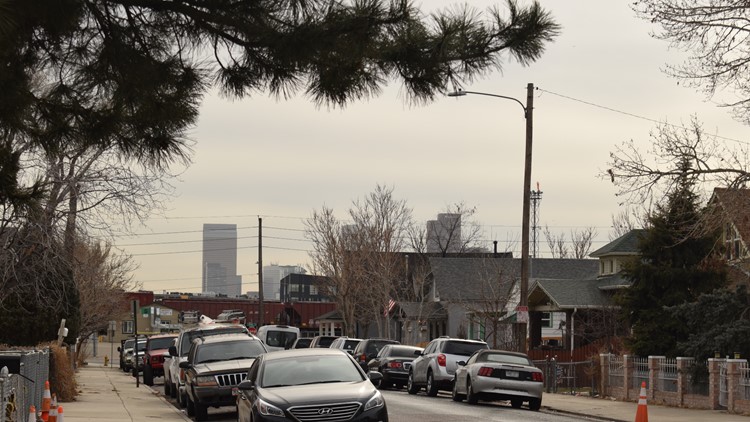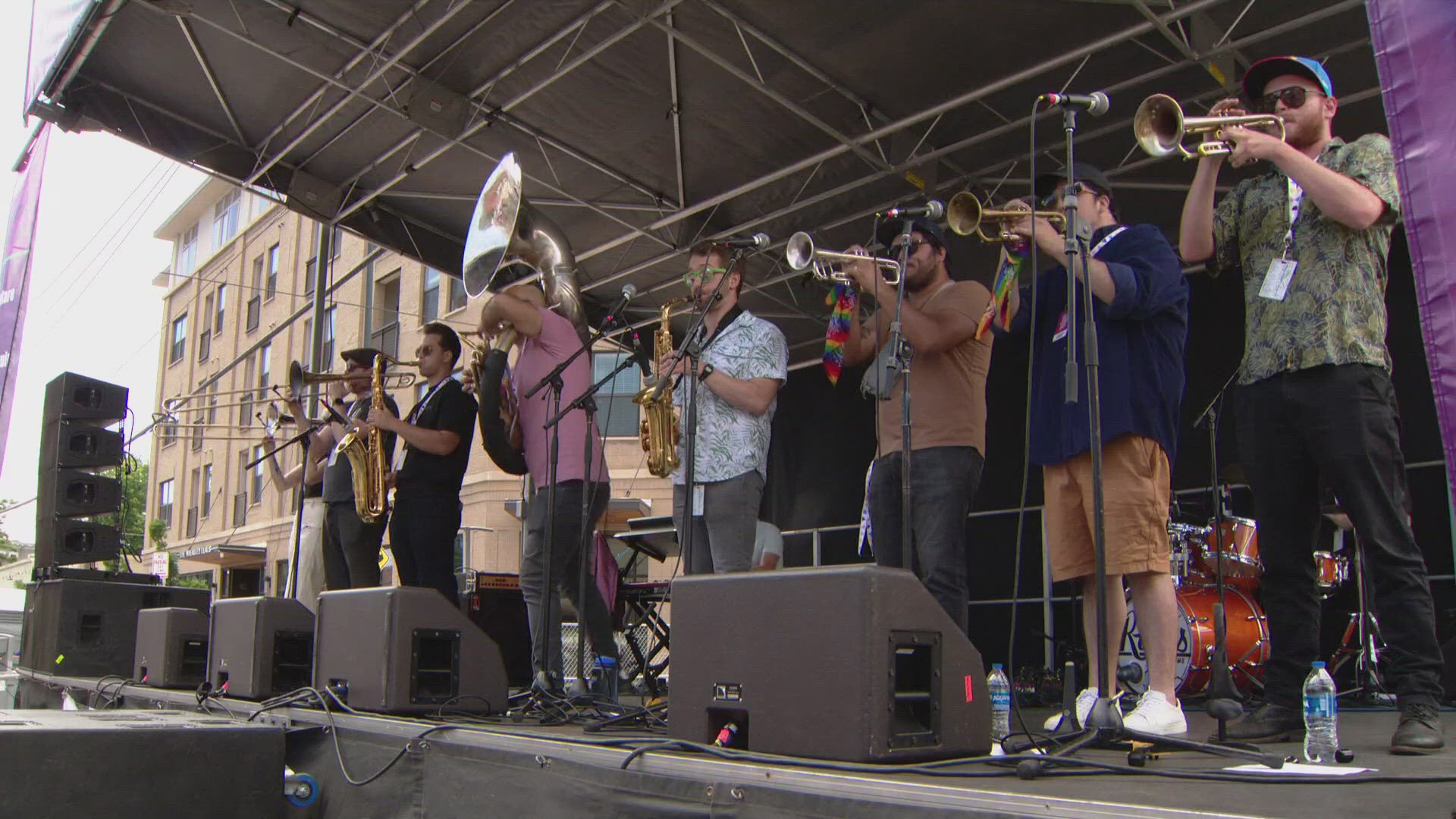DENVER — Though the skyscrapers of downtown loom just on the other side of the Platte River, the Globeville neighborhood has had a distinct character separate from the Mile High City throughout its long history.
Once ranchland, Globeville’s land was purchased by the Globe Smelter Company in 1885 – attracting a huge population of European immigrants to the area. Some of those families have stayed in the rows of houses that make up Globeville for generations, staying put even as Interstate 70 and I-25 sliced through the area in the 1960s.
Today, Globeville’s boundaries are the South Platte River to the east and south, Inca Street to the west, and 52nd Avenue to the north. The River North Art District, with its breweries and luxury condos, is just south of the neighborhood, and the National Western Stock Show Complex is to the north.
Median property values have risen 50% in two years in Globeville – prompting concerns about the displacement of the community’s longtime residents and gentrification in one of Denver’s last relatively affordable communities.
This story is part of the weekly 9Neighborhoods series. Join us at noon on Friday on the 9NEWS Instagram for a photo tour of Globeville. Have a recommendation for which neighborhood we should check out next? Email us at webteam@9news.com.
How a neighborhood about 20 blocks from downtown can actually be considered isolated
As the crow flies, the Globeville neighborhood is technically closer to Union Station than City Park. But over the years, it’s become intersected by interstates (there are only two ways to cross I-70 in Globeville’s boundaries) and railroad tracks. There’s also the Platte River itself.
This meant that, unlike other Denver neighborhoods, Globeville grew inward around the smelter instead of outward. Between the late 1880s and 1920s, eastern European and Russian immigrants moved into Globeville to work low-paying jobs at the smelter, the railroad or in the meatpacking industry.
As some members of those families moved out of the neighborhood, they were replaced by a new, largely Hispanic community.
Today, Globeville’s population is around 4,200 people. More than half of those residents identify as Latino, and 20% are immigrants, according to DenverMetroData.org. The community’s median household income is $46,225.57 – well below the Denver metro region’s median of $97,284.99.
More than one-third of Globeville’s population lives in poverty, according to the same data.
Old churches representing its diverse history dot the Globeville neighborhood. Mary Lou Egan, a Denver native whose grandparents lived in Globeville, made a map that essentially shows the neighborhood’s progression – and illustrates a cool walking tour of its history.
Check that map out below:
What does the future of Globeville look like?

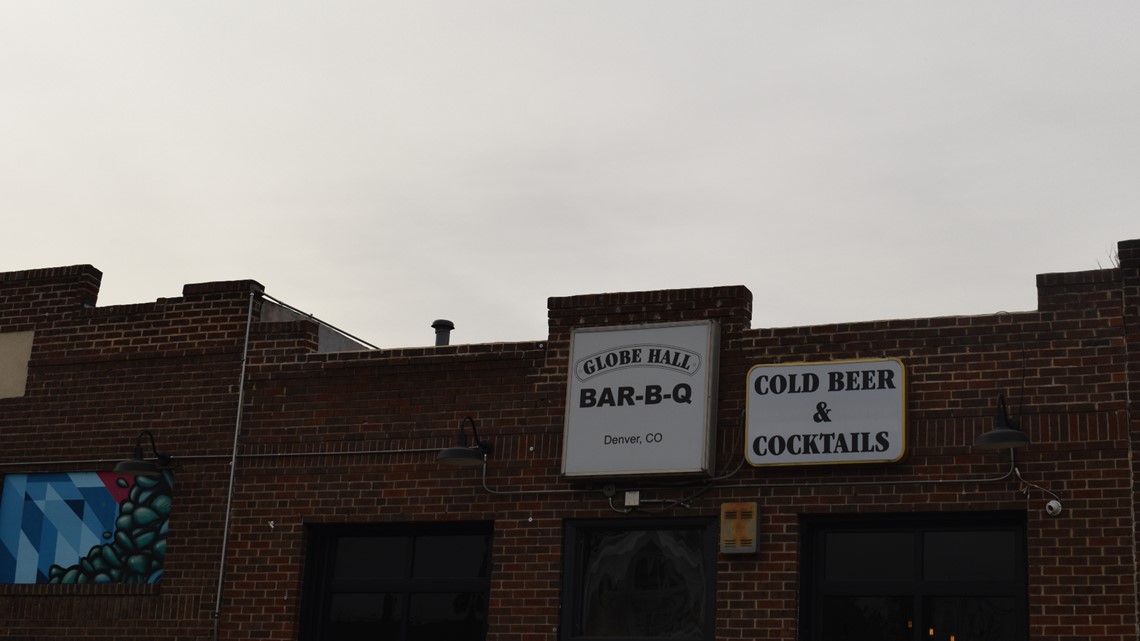
While the mixed-use Taxi development is sometimes mischaracterized as being in RiNo, it's actually within Globeville boundaries.
But Mickey Zeppelin, the developer responsible for Taxi and other prominent properties on the other side of the Platte, said he has a different vision for the future of Globeville.
"Globeville isn't going to be the next RiNo," Zeppelin said. "Globeville needs to have its own character. I think Globeville has the possibility of becoming a major part of Denver in terms of the environment. There's probably as much parkland here as anywhere else in the city."
Denver City Councilwoman Candi Cdebaca now represents Globeville and grew up nearby. She said she had family in the neighborhood's boundaries, and has watched people she knows get displaced by rising costs, even as improvements are coming to the area.

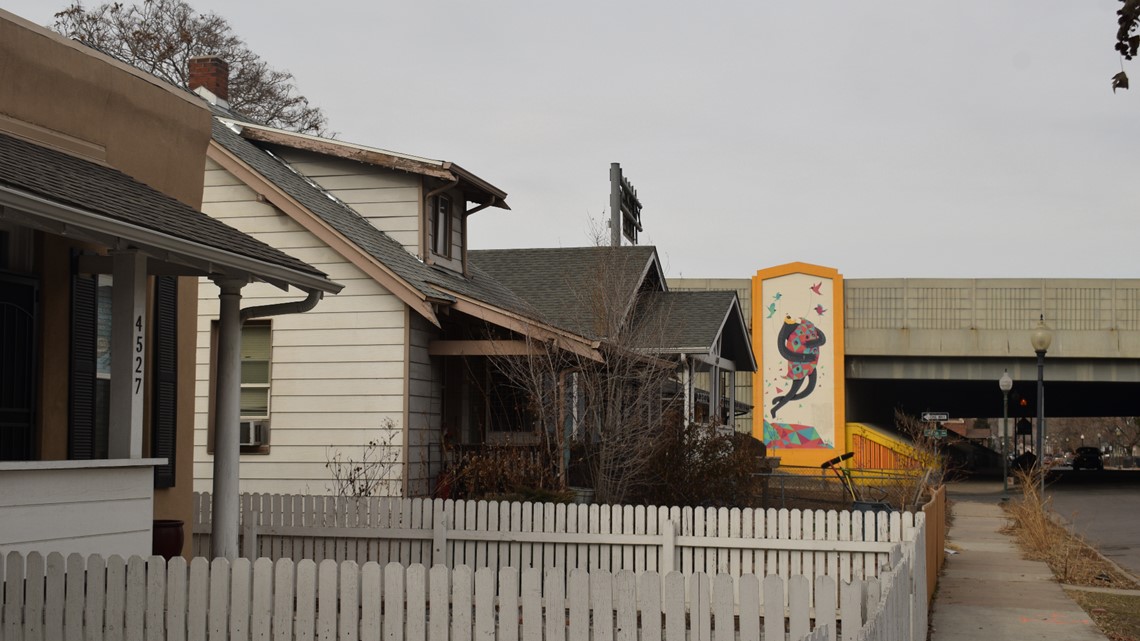
"I really hope that some of the changes will be available to the population that has endured generations of disinvestment -- the amenities, the newfound growth and opportunities -- are this neighborhood's inheritance, and I hope we can figure out how to protect these communities from involuntary displacement so they get to reap the benefits of their generational investment," Cdebaca said.
The median property value in the city of Denver is $416,000. Denverite reports that Globeville's median 2019 property value was $292,400 -- up about 50% since 2017.
Part of this is due to the expansion of the neighboring National Western Complex, which is expected to bring new development to Globeville and the Elyria-Swansea neighborhoods.

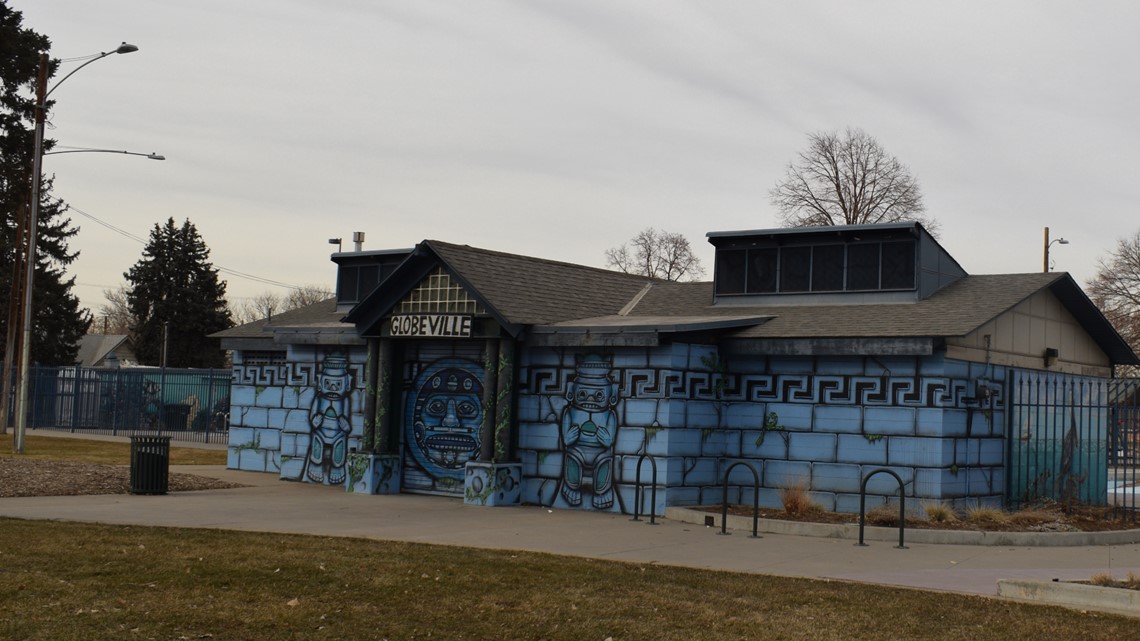
Zeppelin said efforts are underway to improve Washington Street, Globeville's main thoroughfare.
“Washington Street will really be an important main street. Right now, it’s pretty much a commercial street and not really much shopping," Zeppelin said. "It needs a supermarket, it needs all of the services that cities have, and I think it will have a pharmacy, cleaners, a beauty salon, etc … I think it will be an important main street, it will have a fabulous plaza for people to meet.”
Cdebaca said there are benefits to development -- like new sidewalks and paved alleyways -- but said she hopes it doesn't negate the character of the neighborhood.
“We wanted connections with business and affordability – those two things should not negate each other, you should be able to have all those things and live in an affordable community," Cdebaca said.
SUGGESTED VIDEOS | Feature stories from 9NEWS


